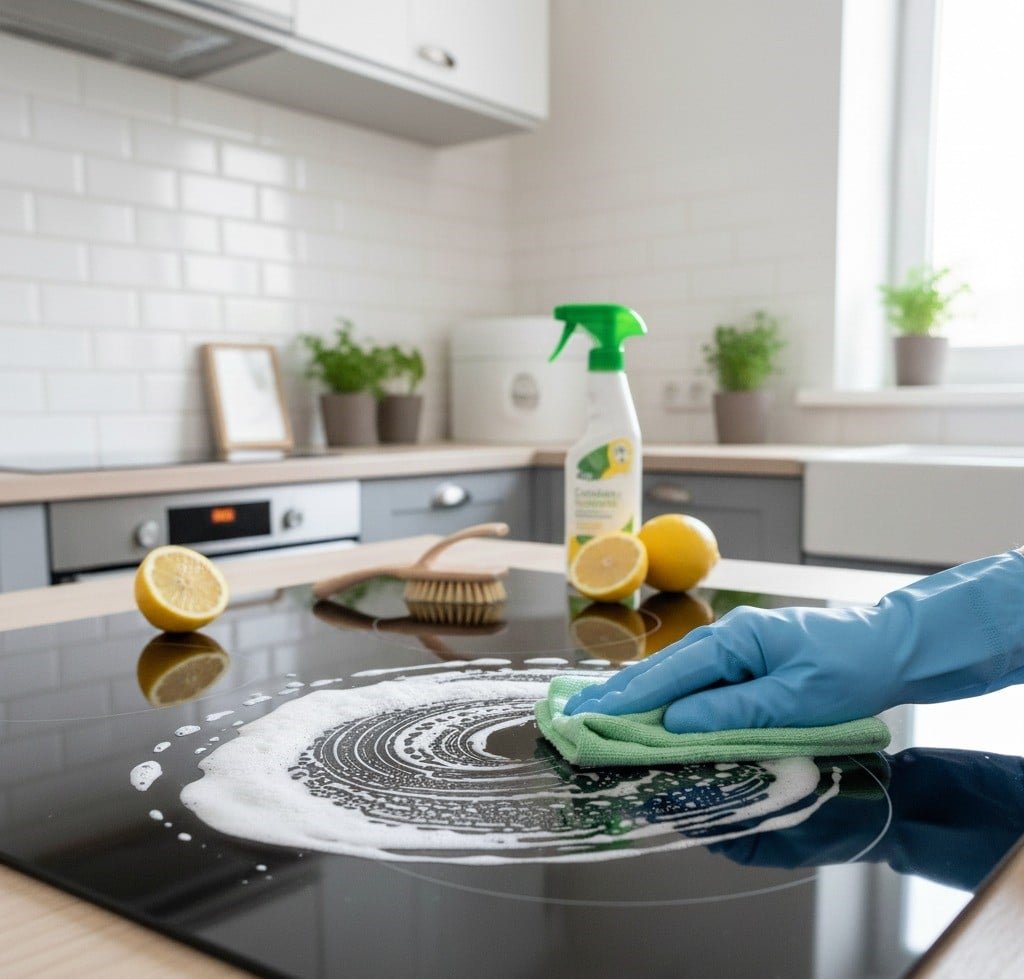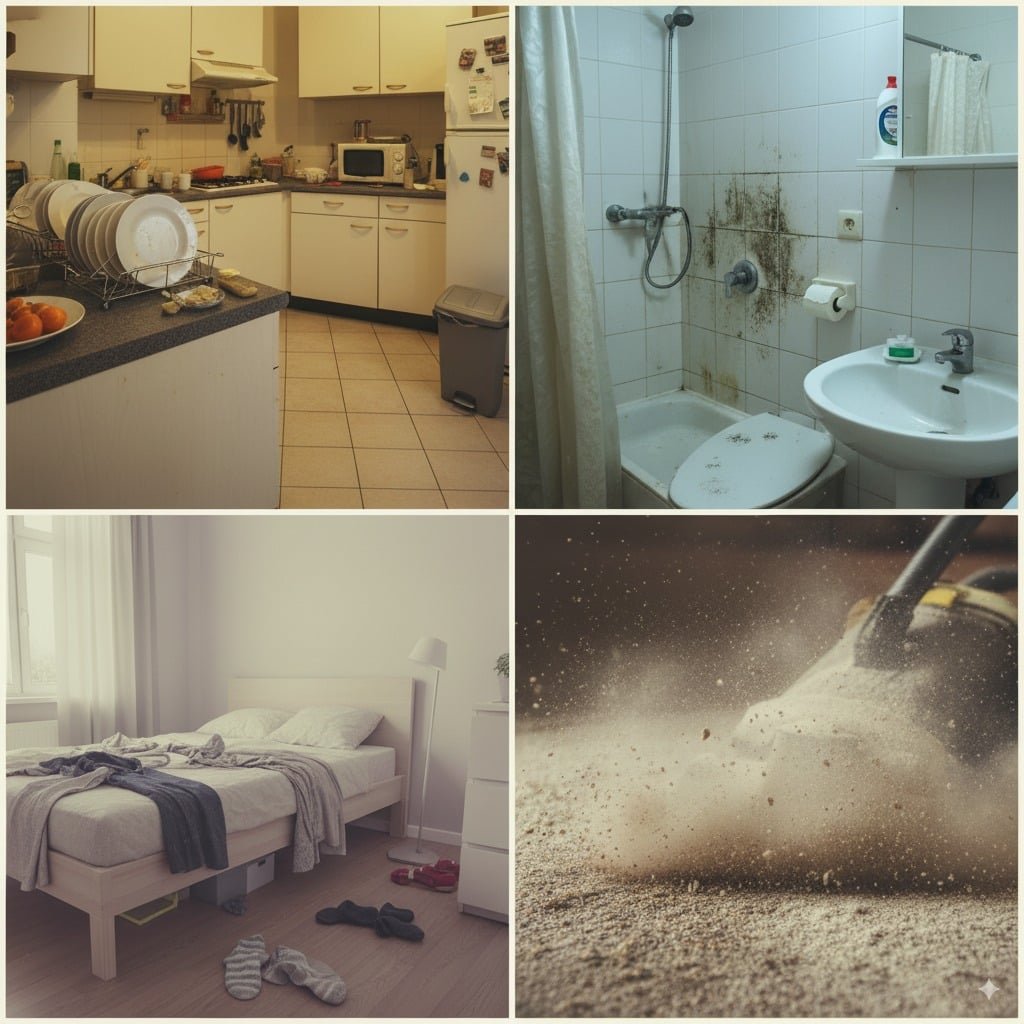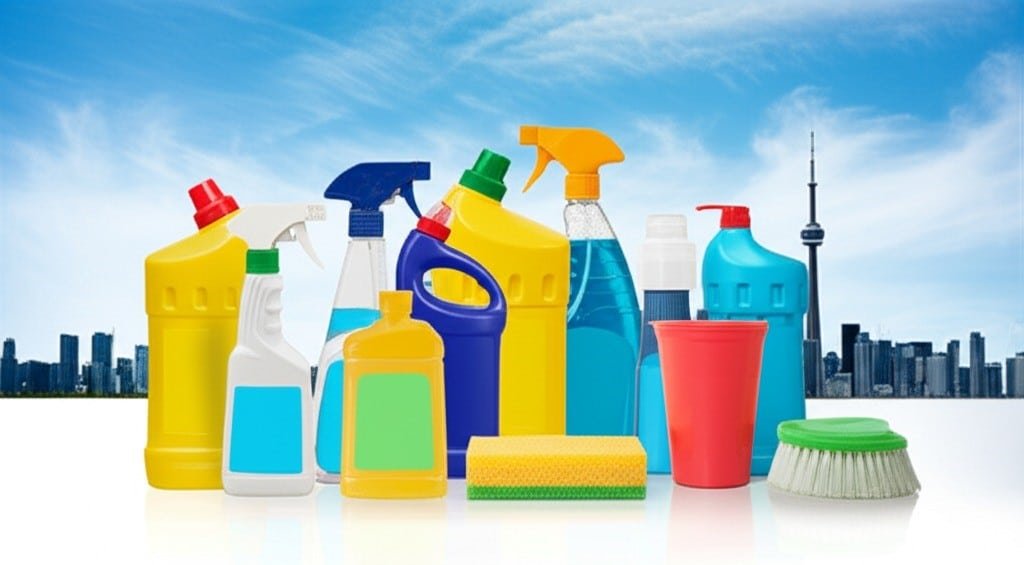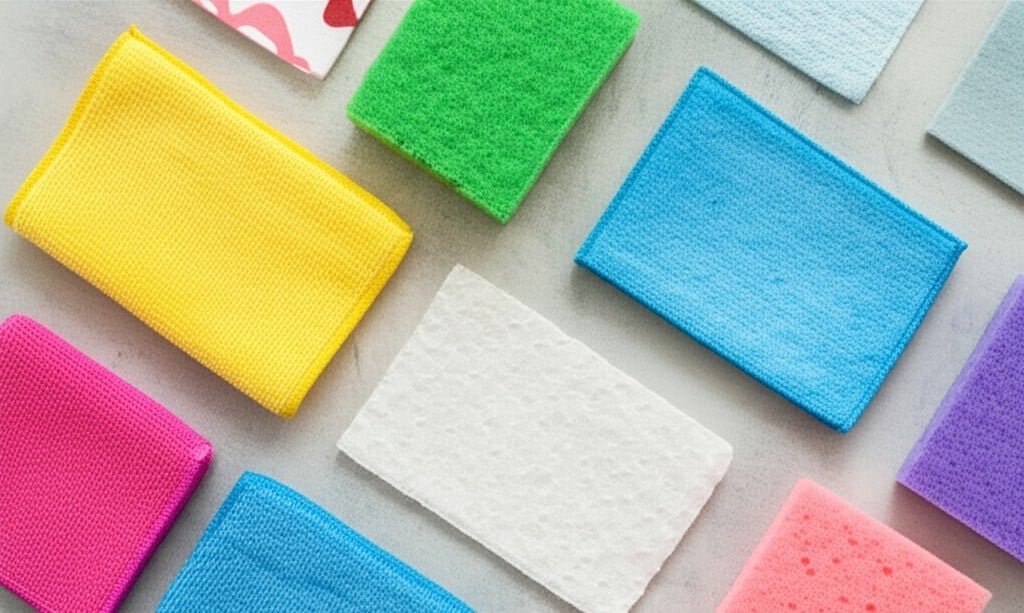Cooktop Cleaning: The Ultimate Guide for a Sparkling Space
Keeping your cooktop clean is more than just an aesthetic concern; it’s fundamental for kitchen hygiene, food safety, and the longevity of your appliance. The kitchen is the heart of many homes, and the cooktop, invariably, is its focal point. Splattered grease, burnt-on food, and spills can not only compromise its appearance but also create a breeding ground for bacteria and unpleasant odors. Ignoring regular cleaning can turn small stains into stubborn grime, requiring much greater effort in the future and, in some cases, even damaging your equipment’s finish. A systematic approach and the use of the correct products and techniques are key to keeping your stovetop sparkling and functioning perfectly for years to come. Fundamental Principles for Cooktop Cleaning Regardless of the type of stovetop you own, some universal principles should always be followed to ensure effective and safe cleaning. First and foremost, safety is paramount. Before starting any cleaning, always unplug an electric stovetop or turn off the gas supply. This prevents accidental electric shocks or gas leaks. Second, ensure the cooktop is completely cool. Attempting to clean a hot surface is not only dangerous, causing burns, but can also cause residues to burn further onto the surface or damage materials. Third, avoid using abrasive products or tools. Steel wool sponges, scouring pads, and cleaning products with abrasive particles can permanently scratch delicate surfaces like glass, ceramic, and even stainless steel, compromising the cooktop’s aesthetics and functionality. At the end, quick action is a determining factor. Spills and splatters should be cleaned as soon as possible. The longer dirt remains, the more it burns and adheres to the surface, making removal exponentially more difficult. A quick daily wipe after use, combined with a weekly deep clean, forms the basis for an immaculate cooktop. Cleaning Gas Cooktops Gas cooktops are common and feature removable components that require individual attention. The main components are the grates, burner caps, burner heads, and the cooktop surface itself. Daily Cleaning: After each use and once the cooktop is cool, simply wipe the cooktop surface with a damp cloth and a little mild dish soap to remove crumbs and small spills. This prevents dirt from building up. Weekly/Deep Cleaning: Disassembly: Remove the grates and burner caps. Some models also have removable burner heads. Soaking: For the grates and burner caps, it’s best to soak them in warm water with plenty of dish soap. For more persistent dirt and baked-on grease, you can add some white vinegar or a specific degreaser. Let them soak for at least 30 minutes, or for a few hours if the dirt is very heavy. Cleaning Removable Parts: After soaking, scrub the grates and caps with a firm-bristled brush (non-abrasive) or a sponge. Make sure to remove all residues. For the burner heads, check that the gas ports are clear. Use a toothpick or an unfolded paper clip to carefully unclog any blocked holes. Caution: Never use wooden toothpicks that might break and get stuck. Cleaning the Surface: Clean the cooktop surface. If it’s stainless steel, use a stainless steel cleaner and a microfiber cloth to prevent streaks and add shine. For enamel surfaces, an all-purpose cleaner or a paste of baking soda and water can be effective for stain removal. Apply the paste, let it sit for 15-20 minutes, and gently scrub. Rinsing and Drying: Rinse all removable parts and the cooktop surface thoroughly with a clean damp cloth to remove any product residue. Dry completely before reassembling. Residual moisture can cause rust on the grates and make it difficult for the burners to ignite. Reassembly: Place the burner heads, caps, and grates back in their proper positions. Cleaning Electric Coil Cooktops Electric coil cooktops also present their own challenges, mainly with spills falling into the drip pans. Daily Cleaning: Wipe the cooktop surface with a damp cloth and detergent. Prevent dirt from accumulating. Weekly/Deep Cleaning: Disassembly: Ensure the stovetop is unplugged and completely cool. Lift each heating element and pull it out carefully. Remove the drip pans located underneath the heating elements. Cleaning Drip Pans: These pans are often the dirtiest spot. Soak them in very hot water with dish soap. For stubborn dirt, a paste of baking soda and vinegar can be applied: cover the pans with baking soda, spray vinegar, and let it sit for several hours or overnight. Scrub with a brush. In extreme cases, a commercial oven cleaner can be used on the drip pans (follow manufacturer instructions and use in a ventilated area). Cleaning Heating Elements: Never submerge heating elements in water. Simply wipe them with a damp cloth and a little detergent. For burnt-on residue, use a plastic scraper to gently scrape (with the element cold) or apply a baking soda paste, let it sit, and then wipe clean. Cleaning the Surface: Clean the cooktop surface with a damp cloth. Rinsing and Drying: Rinse and thoroughly dry all drip pans before replacing them. Make sure the heating elements are dry as well. Reassembly: Reinsert the drip pans and heating elements, ensuring they are properly seated. Cleaning Glass/Ceramic (Smooth Top) Cooktops These cooktops are elegant but require specific care to avoid scratches and stains. Daily Cleaning: After each use and once the cooktop is cool, clean the surface with a damp cloth and a little mild dish soap. This is crucial to prevent spills from drying and becoming difficult to remove. Weekly/Deep Cleaning: Apply Cleaner: Apply a specific cleaner for glass/ceramic cooktops (usually creamy or liquid) generously over the entire surface, especially on stained areas. Allow Product to Work: Let the product sit for a few minutes (follow manufacturer instructions). Scrubbing: With a non-abrasive sponge (often included with the cleaner) or a microfiber cloth, scrub the surface in circular motions. Removing Burnt-on Food: For burnt-on food or melted sugar (which can cause damage if not removed correctly), use a single-edge razor blade, holding it at a low angle (about 30-45 degrees) to the surface. Scrape very carefully to lift residues, always pushing the dirt away from you and never scraping directly down to avoid scratches. Caution: Never use the blade flat against the surface. Remove Product Residue: Use a
Cooktop Cleaning: The Ultimate Guide for a Sparkling Space Read More »









